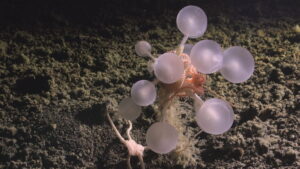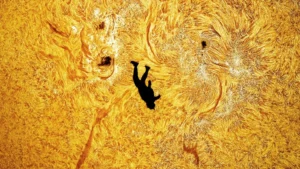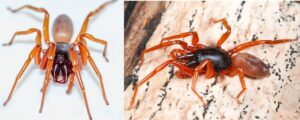Mosses are some of the hardiest plants on Earth. These pioneer species can thrive in some of the most extreme environments on Earth. New research shows that mosses are even tougher than we thought. They can survive in space.
The vacuum of space makes it nearly impossible for most living organisms to survive, but one species of moss, Phycomitrium patens, survived outside the International Space Station for nine months. Tomomichi Fujita, who led the study, was intrigued by mosses’ ability to grow everywhere from Death Valley to Antarctica.
“I began to wonder: Could this small yet remarkably robust plant also survive in space?” he said in a statement.
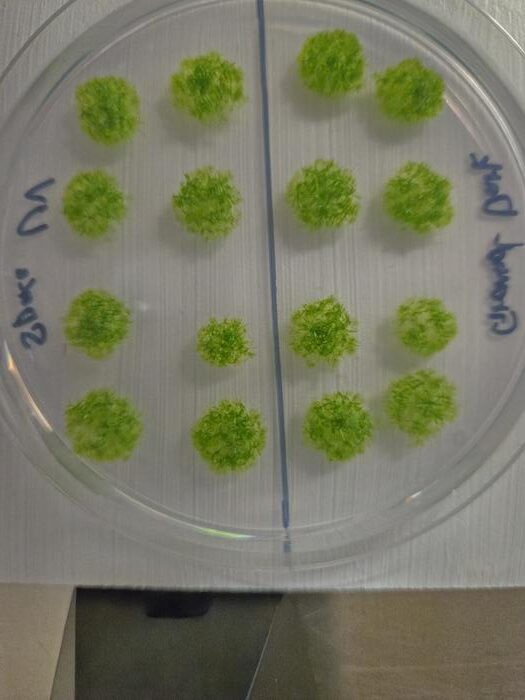
The germinated moss spores after months in space. Photo: Chang-hyun Maeng and Maika Kobayashi
He and his research team selected Phycomitrium patens, commonly known as spreading earthmoss, because it is well-studied and widespread on Earth.
UV radiation the hardest to deal with
They began by testing how the moss would perform in a simulated space environment. “We anticipated that the combined stresses of space, including vacuum, cosmic radiation, extreme temperature fluctuations, and microgravity, would cause far greater damage than any single stress alone,” said Fujita.
They tested juvenile moss, brood cells (specialized stem cells that are produced in stressful conditions) and sporophytes (the reproductive structures that produce spores). The biggest stressor to all three structures was UV radiation, but the sporophytes coped with it much better than both the juvenile moss and the brood cells. The next step was to see how the sporophytes actually handled space.
In 2022, the research team brought hundreds of sporophytes to the ISS. The astronauts then attached the sporophytes to the outside of the space station for 283 days, after which they were brought back to Earth.
“We expected almost zero survival, but the result was the opposite,” said Fujita. “Most of the spores survived. We were astonished by the extraordinary durability of these tiny plant cells.”
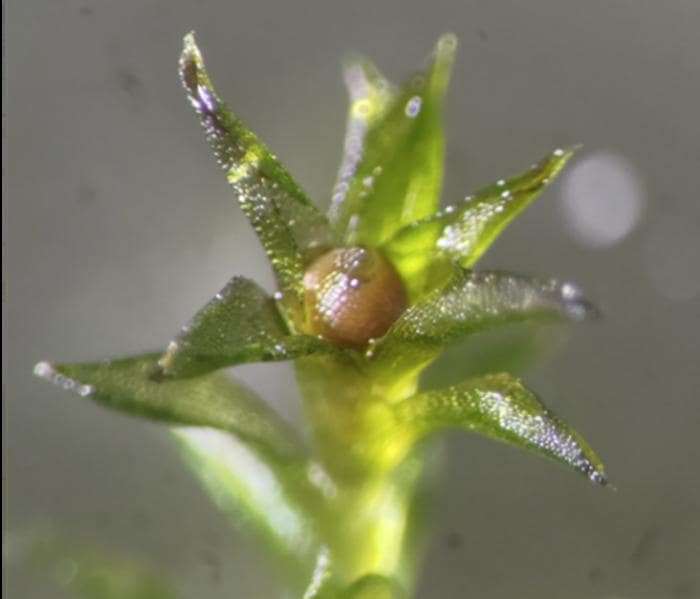
A reddish-brown sporophyte can be seen at the top of a leafy gametophore. Photo: Tomomichi Fujita
Nine months in a vacuum
Over 80% of the sporophytes survived nine months in space and the journeys to and from the ISS. Of those, 89% were still able to germinate once they landed back on Earth.
The protective capsule around each spore might be the key to its success. It acts as both a chemical and physical barrier and absorbs the UV radiation that other structures in the plant could not cope with.
As well as this, almost all types of chlorophyll, the green pigment in photosynthesis, remained at normal levels. Only chlorophyll a declined by 20%. However, this did not seem to affect spore health.
Based on the plants’ success, computer models suggest that the spores could have actually survived for 15 years in space.
“This study demonstrates the astonishing resilience of life that originated on Earth,” said Fujita.

